Lychees—those striking fruits with ruby-red bumpy skins, juicy translucent flesh, and a sweet floral aroma—have enchanted palates for centuries. Often hailed as the “King of Summer Fruits”, lychees are prized for their flavor and nutrition, as well as their brief but delightful seasonal appearance.
But have you ever paused to wonder where the world gets most of its lychees? Beyond backyard trees and grocery store crates, there’s a complex network of orchards, exporters, and countries working year-round to satisfy global demand. In this article, we’ll explore which nations lead in lychee production, how they meet worldwide needs, and what unique features define their harvest.
A Snapshot of Global Lychee Production
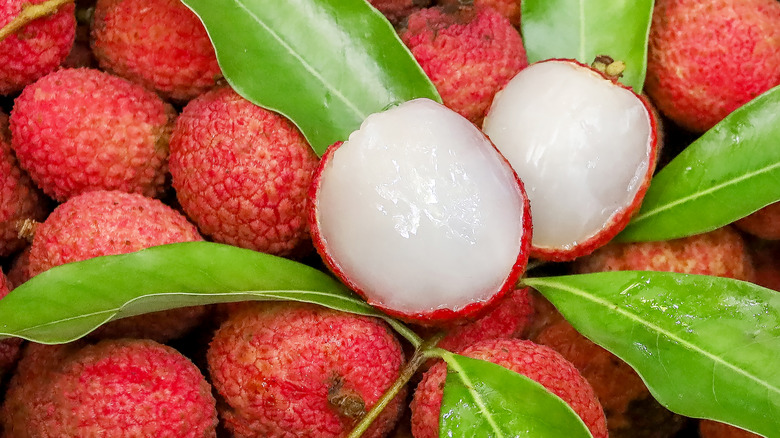
Lychees (Litchi chinensis) thrive in tropical to subtropical climates—typically warm and humid environments with a cool spell for flowering. Their short season spans from May to July in the Northern Hemisphere, and November to February in the Southern Hemisphere.
Global production clocks in at approximately 4–4.5 million metric tons annually, with most of it concentrated among just a few countries.
So, Where Does the World Get Most of Its Lychees?
Here’s the top five in global production:
- China
- India
- Thailand
- Vietnam
- South Africa
Together, these countries account for more than 90% of the world’s lychee yield—but their contributions and strategies vary greatly.
China — The Global Lychee Powerhouse
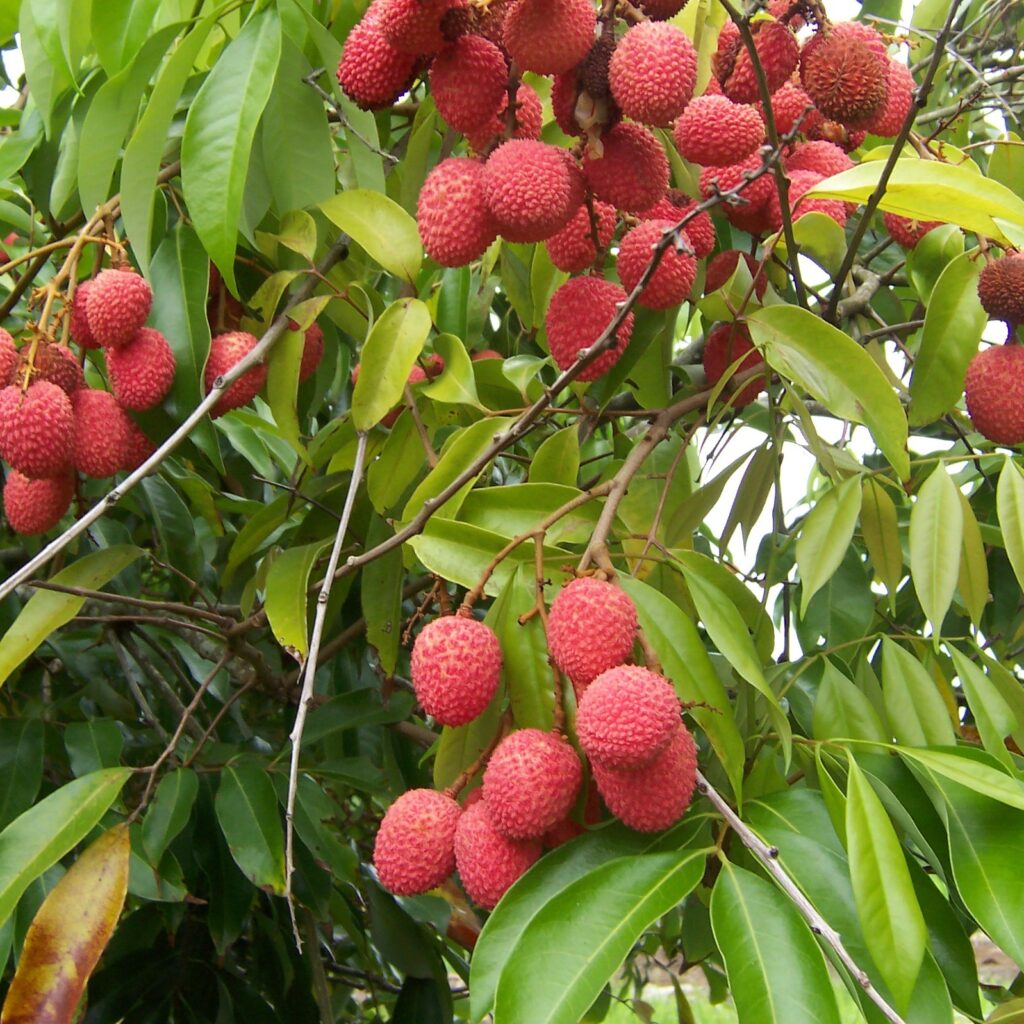
- Annual Production: Over 2 million metric tons
- Global Share: ~55–60%
Originating in southern China over 2,000 years ago, lychees remain deeply rooted in the nation’s culture and cuisine. Most cultivars are grown across Guangdong, Guangxi, Hainan, Fujian, and Yunnan provinces, with Guangdong delivering almost half of the yield.
What Makes China Special:
- Rich heritage and premium cultivars: Think Feizixiao, Guiwei, and Nuomici—each with distinct flavor profiles and textures.
- Huge domestic market: Every summer, markets, street stalls, and restaurants brim with fresh lychees.
- Budding exports: While mainly consumed at home, China exports to Asia and the Middle East, especially canned and frozen versions.
India — A Seasonal Favorite
- Annual Production: ~0.65 million metric tons
- Global Share: ~15%
India is the world’s second-largest lychee producer. Lychee cultivation is centered in northern and eastern states like Bihar, the undisputed leader (about 40% of national production), plus West Bengal, Assam, Tripura, Uttarakhand, and Punjab.
What Sets Indian Lychee Apart:
- Culturally significant varieties: The GI-tagged Shahi Litchi from Bihar is famous for its aroma and sweetness.
- Seasonal tradition: Lychees are a coveted treat during the peak summer months.
- Growing exports: India’s lychees are increasingly reaching the Middle East and Southeast Asia.
Thailand — A Southeast Asian Gem
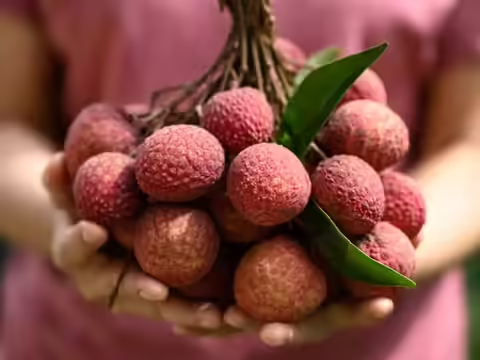
- Annual Production: ~0.55 million metric tons
- Global Share: ~12%
Thailand ranks third globally and is best known for cultivars like Kim Cheng, Hong Huay, and Chakrapat, often grown in northern provinces including Chiang Mai, Chiang Rai, Lamphun, Nan, and Phayao.
Key Highlights:
- Strong local demand, with lychees featured in markets and desserts.
- Increasing share in processed forms—especially canned fruit and cold-chain exports.
Vietnam — The Up-and-Comer
- Annual Production: ~0.4 million metric tons
- Global Share: ~9%
Once niche, Vietnamese lychee cultivation—anchored in provinces like Bac Giang, Hai Duong, and Lang Son—has grown dramatically in recent years.
What’s Driving Growth:
- Ideal growing conditions: Northern climate is ripe for premium fruit.
- Export-ready infrastructure: Cold-chain systems now support shipments to Japan, South Korea, Australia, and Europe.
- Varietal appeal: Thieu and Early lychees are prized for their size and flavor.
South Africa — Off-Season Supplier to the World
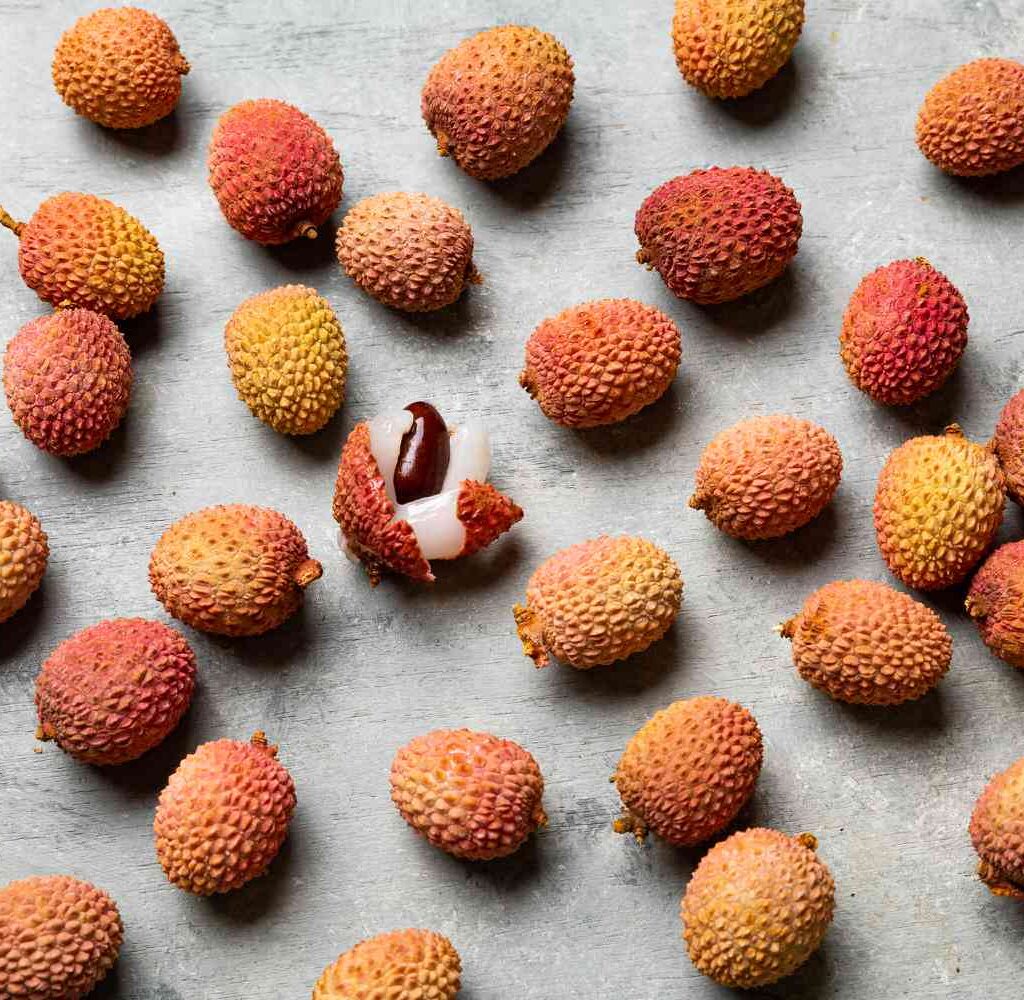
- Annual Production: ~0.2 million metric tons
- Global Share: ~4–5%
South Africa, though smaller in volume, plays a strategic role—particularly as a southern-hemisphere supplier to European markets during their winter season (November–February). Orchards in Mpumalanga and Limpopo deliver high-quality fresh fruit when other producers are out of season.
What Makes It Unique:
- Off-season advantage: Southerly harvest times avoiding the Northern Hemisphere’s bumper season.
- Export focus: A tightly-run logistical system ensures fresh fruit makes it quickly to Europe and the Middle East.
Global Lychee Production Recap
| Rank | Country | Production (M MT) | Season (NH/SH) |
|---|---|---|---|
| 1 | China | 2.0+ | May–July |
| 2 | India | ~0.65 | May–June |
| 3 | Thailand | ~0.55 | May–June |
| 4 | Vietnam | ~0.40 | May–June |
| 5 | South Africa | ~0.20 | Nov–Feb (SH) |
These five nations dominate global supply, with China alone responsible for over half of total production.
Why Are Lychees Gaining Global Popularity?

- Exotic experience: Lychees are prized for their delicate aroma and burst-in-your-mouth texture.
- Health trends: They’re a rich source of vitamin C, antioxidants, and polyphenols.
- Culinary versatility: Common in cocktails, desserts, teas, and canned products.
- Global diversity: Different varieties offer distinct flavors—sweet, tart, floral—appealing to various consumers.
Sustainability & Future Growth
- Organic cultivation: India, China, and Vietnam are expanding pesticide-free orchards.
- Water conservation: Farmers are adopting drip irrigation and mulching techniques.
- Varietal innovation: Research in disease-resistant, frost-tolerant and longer-shelf-life lychees is well underway.
- Cold-chain logistics: South Africa and Vietnam are building infrastructure to support long-haul exports.
Conclusion
When the question is “Where does the world get most of its lychees?”, the unequivocal answer is China—cultivating more than half of global production. Following closely behind are India, Thailand, Vietnam, and South Africa, each offering unique fruit characteristics, market timing, and production scale.
As lychees grow in international popularity—not just in Asia, but across Europe, North America, and beyond—these leading countries will continue to shape the seasons, flavors, and supply of this fragrant summer delight.

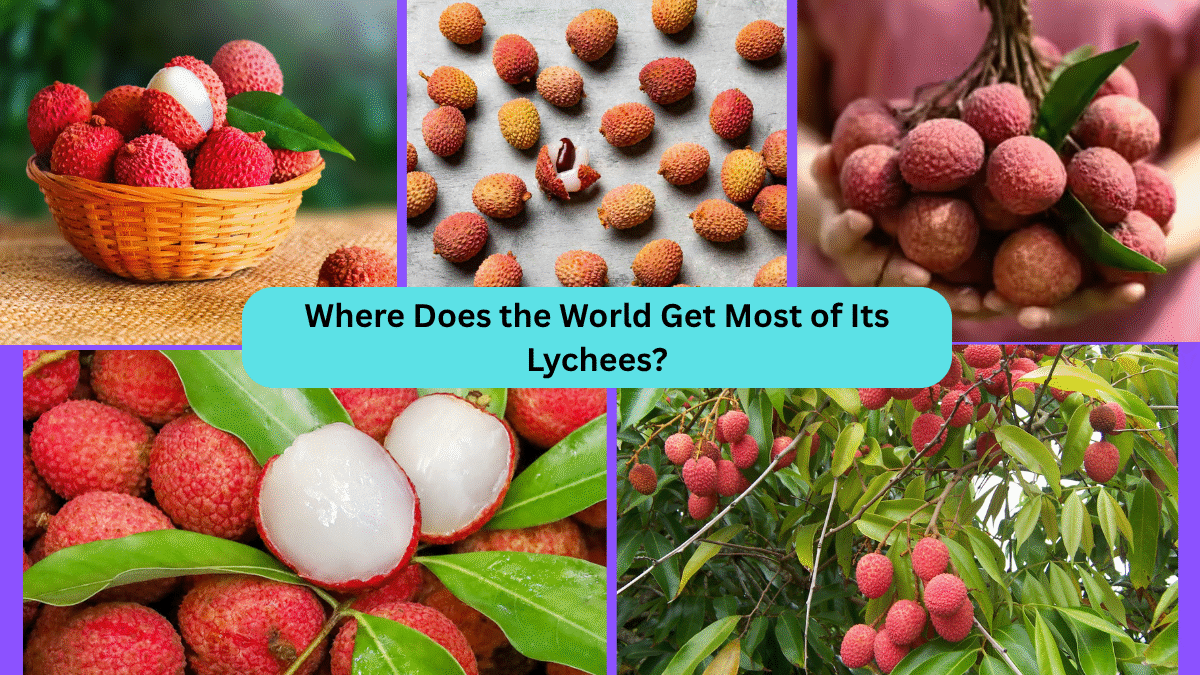




Leave A Comment